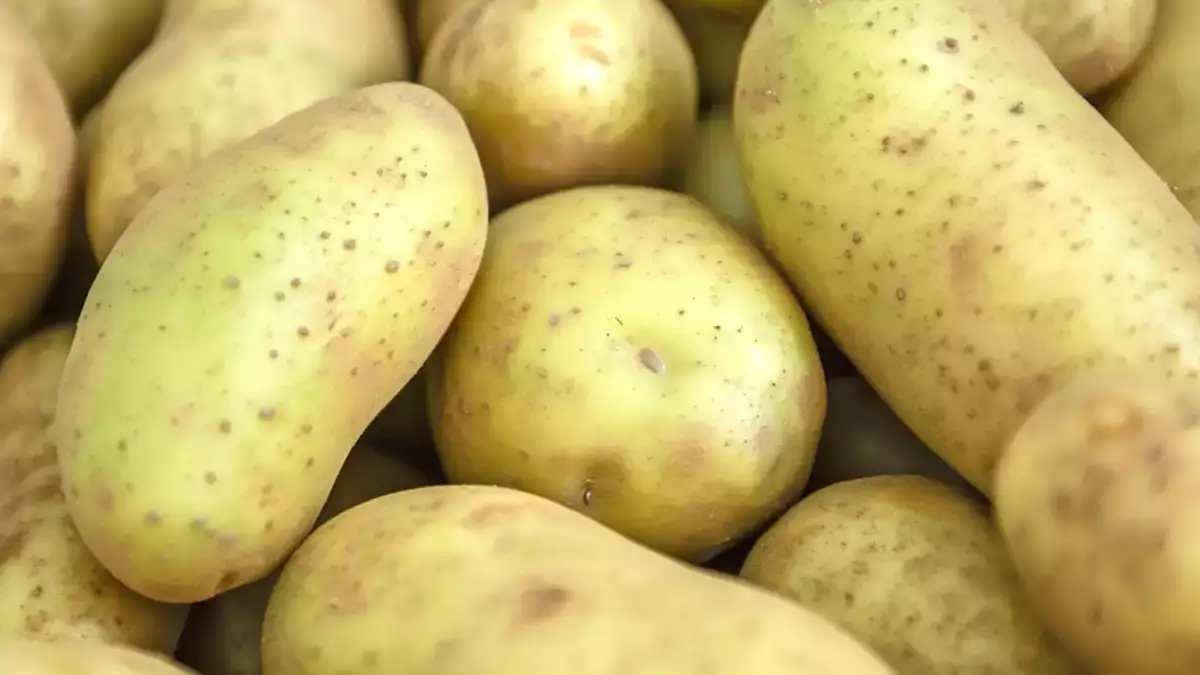Green on your potatoes? It’s more than just color and you might be serving a toxic meal without knowing

Have you ever picked up a potato from the pantry and noticed that it was starting to turn green? Your first reaction might be to cut off the colored part and use the rest as normal. But is this really safe?
Although it may seem like an aesthetic change, the green coloration of potatoes can indicate the presence of a toxic substance: solanine. And it can pose a real risk to your health.
Why do potatoes turn green?
The greenish hue appears when the potato is exposed to light for a long time. The light activates the production of chlorophyll, which is harmless in itself - but it also signals that the potato may be producing solanine, a natural compound that functions as the plant's defense against insects and fungi.
What is solanine and why is it dangerous?
Solanine is a toxin found in plants of the solanaceae family, such as potatoes, tomatoes and eggplants. In high concentrations, it can cause
- Nausea
- Vomiting
- Diarrhea
- Dizziness
- In extreme cases, neurological disorders and even hallucinations
Does cooking eliminate solanine?
When should I throw the potato away?
- If the potato is very green on the outside and inside
- If there are sprouts or signs that it is shriveled and old
- If it tastes bitter after preparation
In these cases, the recommendation is clear: don't eat it. The risk, however small, is not worth it.
How to prevent potatoes from turning green?
- Store potatoes in a dark, cool and dry place
- Avoid leaving them in the fridge or exposed to light
- Consume within the expiration date
Better safe than ill
Potatoes are part of millions of people's diets, but care should be taken with their storage and appearance. If you notice that a potato is green, don't risk it. If in doubt, it's best to discard it.
Your health is worth more than a potato.
 Mirella Mendonça
Mirella Mendonça
Comments